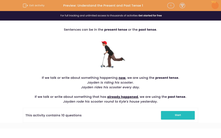Sentences can be in the present tense or the past tense.
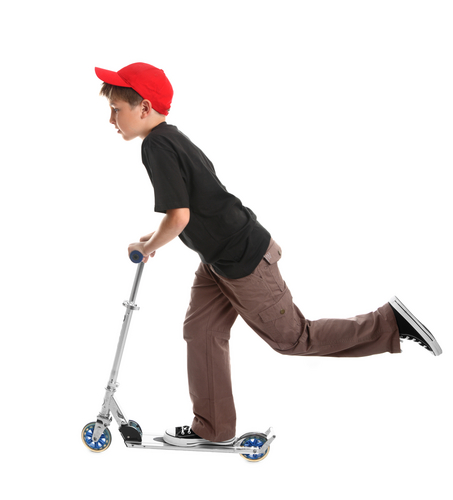
If we talk or write about something happening now, we are using the present tense.
Jayden is riding his scooter.
Jayden rides his scooter every day.
The verbs or doing words in these sentences are in the present tense : he rides or is riding.
If we talk or write about something that has already happened, we are using the past tense.
Jayden rode his scooter round to Kyle's house yesterday.
Here, the past tense of ride is 'rode', so this is the form we use.
The 'when' word: Just like saying 'yesterday' or 'last week', word 'when' tells us that we're talking about something that happened in the past, not the present. It's like looking back at a specific point.
Let's look at some more before we start.
Present tense: I am cooking dinner.
Past tense: I cooked dinner yesterday
.
Sometimes, we can spot a present tense verb by looking at the ending. If we see the word 'am' or it ends with 'ing' or 's' it is often the present tense, like cooking, plays/playing, sings/singing.
However, if it has the word 'was' before the verb, it is the past tense.
She was singing. Past tense
I am playing football. Present tense
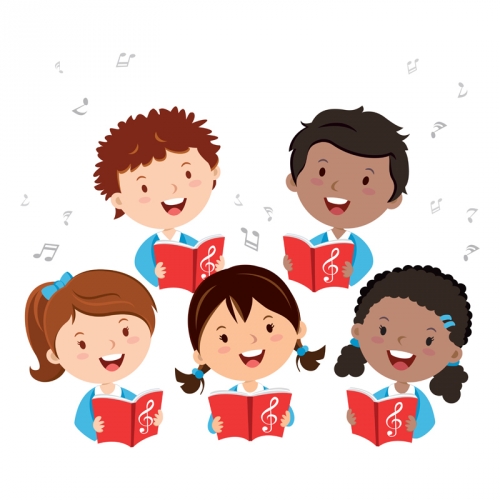

If the verb ends with 'ed' this can tell us that it is the past tense and has already happened, like: cooked, played and chopped. Past tense verbs can also be a different form of the word, like this:
Present: Today I am swimming at the pool.
Past: Last week I swam at the pool.
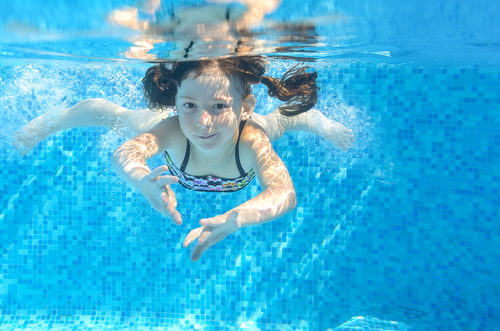
We can look at the words around the verbs to tell us what tense it is written in.
The words 'is' or 'are' usually appear when it is the present tense and appear as 'was' or 'were' when it is the past tense. It is a way of saying 'to be'.
So: is, are and endings of 'ing' or 's' often mean the present. She is skipping over here. We are going to lunch.
was and endings of 'ed' often mean the past tense. She skipped over here yesterday. She was going to lunch last week.
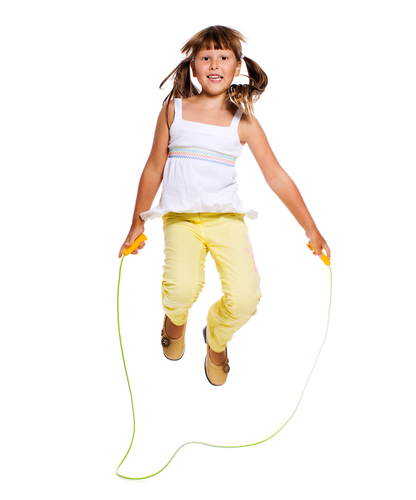
Now let's have a look at some together!

